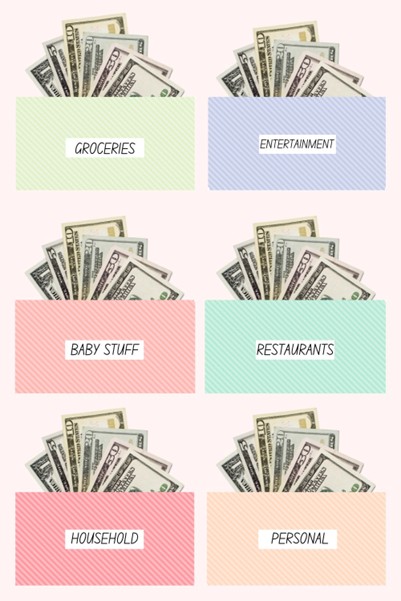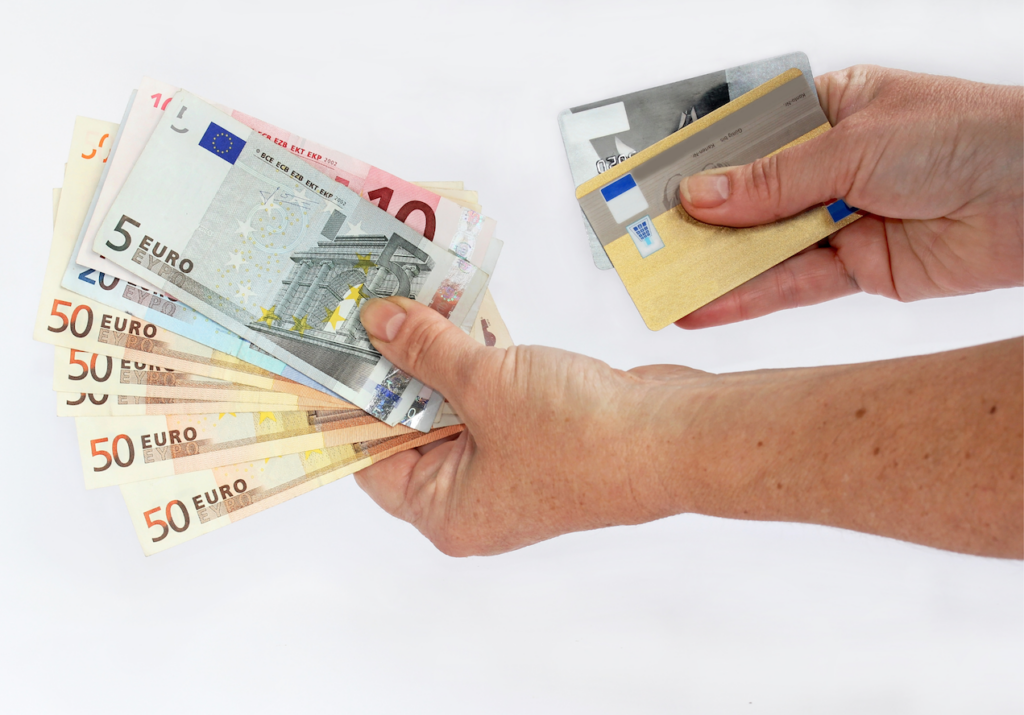At apg, we believe a great workplace grows from the ground up — and sometimes, that starts with a seed. Just outside our Minneapolis headquarters, employees are getting their hands dirty in the best way possible: tending to our thriving...
Continue Reading








